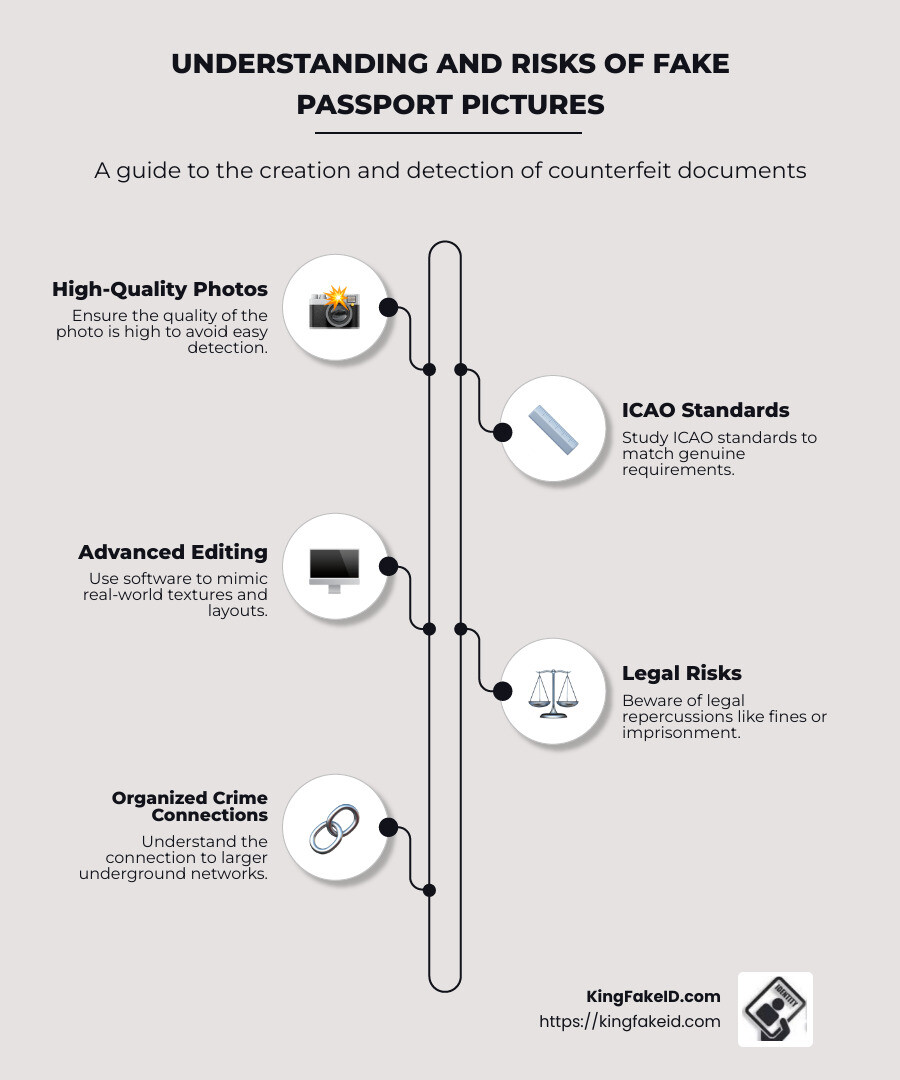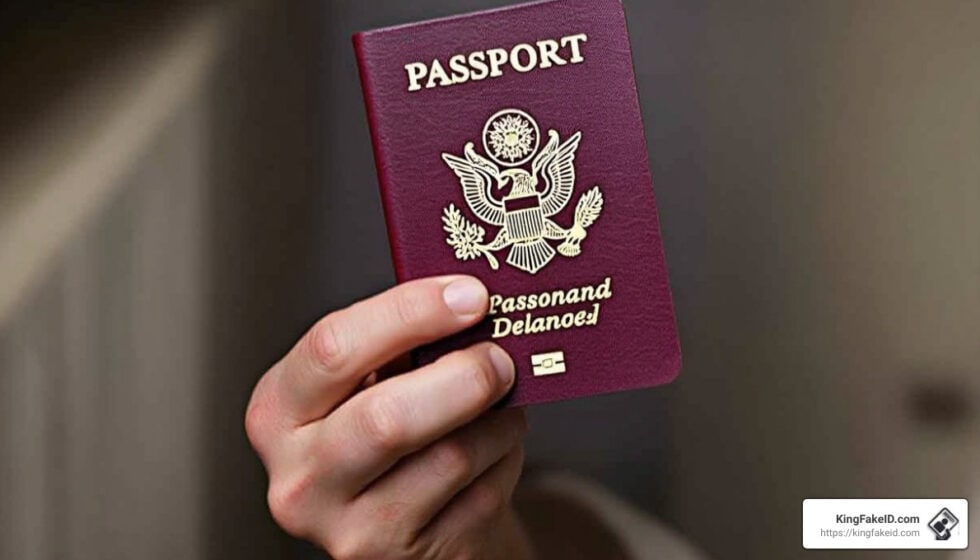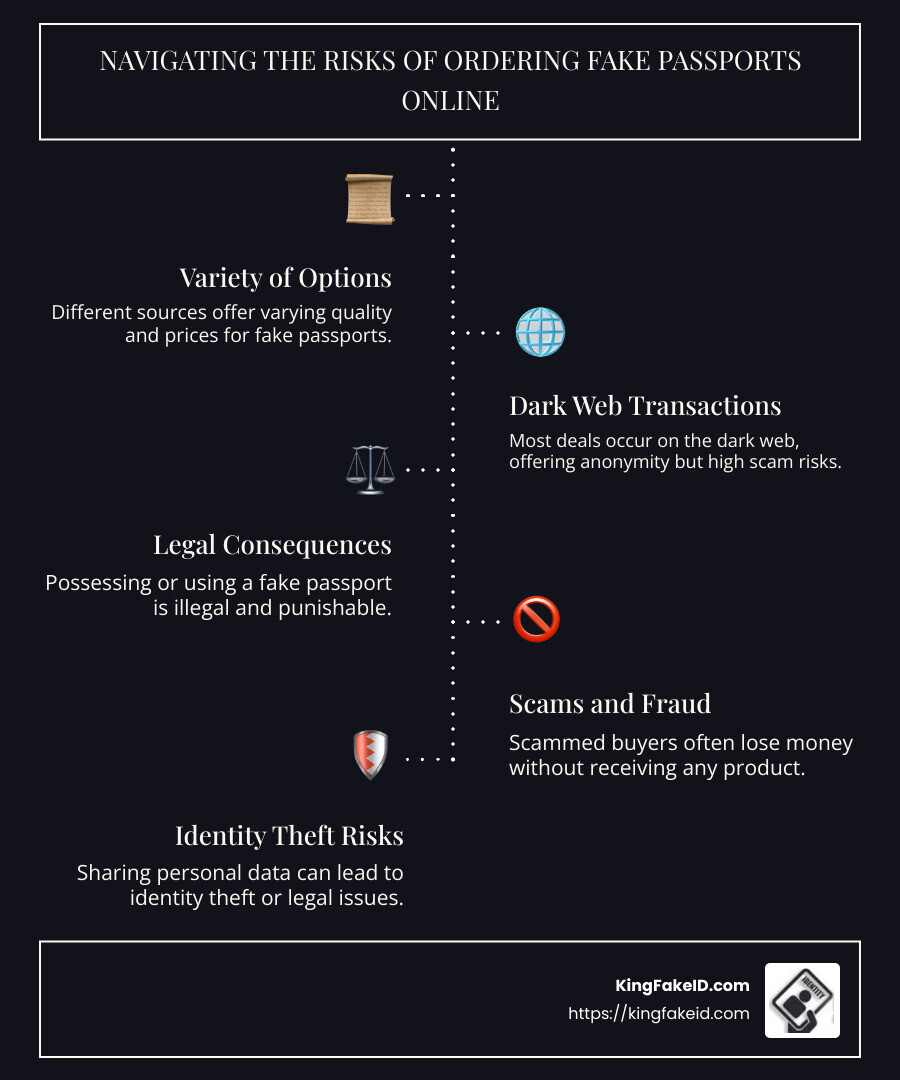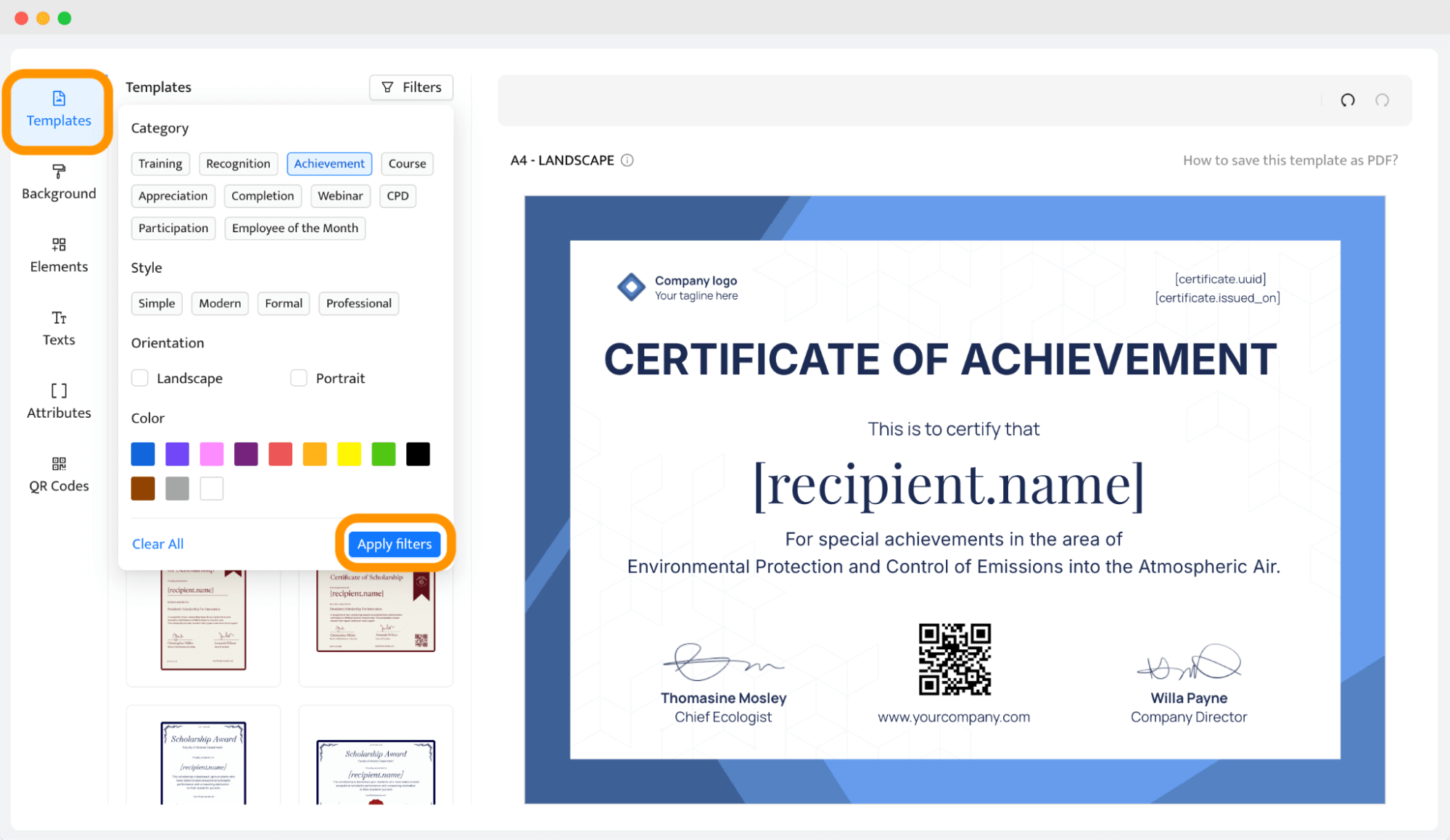When it comes to creating fake passport pictures, there are a few key aspects to consider. Whether you’re designing them for a counterfeit gang or trying to master the fake passport racket, understanding the basics is essential. Below are some initial considerations:
- Ensure the quality of the photo is high enough to avoid detection.
- Study the ICAO standards to match the genuine requirements.
- Use editing software that can mimic real-world textures and layouts.
- Always be aware of the legal risks involved.
Creating fake passport pictures might seem appealing, especially for those looking to slip past age restrictions or other limitations. However, stepping into counterfeit documentation is fraught with risks and ethical concerns.
Fake passport pictures are often crafted by underground networks involved in larger counterfeit operations. These gangs produce documents for everything from illegal immigration to identity theft. Understanding the severe consequences of getting caught with such documents is crucial. Legal repercussions, like fines or imprisonment, aren’t the only risks. You could also become intertwined in organized crime.
Arming yourself with knowledge can help you steer this complex landscape and make informed decisions before stepping into any fake document racket.

Fake passport pictures terms to remember:
- how are fake passports detected
- make fake passport
- fake passport id
How to Create Fake Passport Pictures the Right Way
Creating a fake passport picture might sound like a controversial or illegal task, but there are times when individuals may need to make alterations to their passport photographs. For example, if they are in the process of applying for a new passport or renewing their existing one and they want a more professional photo than the one they currently have.
While it’s important to note that altering any passport picture for fraudulent purposes is illegal, there are legitimate and legal reasons why you might need to create a passport-style photo. In this article, we will walk through the steps on how to create a passport photo that adheres to official guidelines but ensures that it meets the high standards of professionalism and clarity.
Understanding the Importance of a Valid Passport Photo
When applying for or renewing a passport, your photograph plays an essential role. It’s a representation of your identity and must comply with strict specifications to be accepted. A passport photo must reflect a true likeness of the applicant and must meet requirements regarding dimensions, background color, facial expressions, and other critical details. Understanding these specifications will help ensure that the photo you create aligns with the guidelines set by the passport-issuing authority.
Key Features of a Passport Photo
Before diving into the steps of creating a passport photo, let’s first cover the basic features of what constitutes a correct passport photo:
- Size: The standard size for a passport photo is 2 inches by 2 inches (51mm x 51mm).
- Head Position: The applicant’s head must be centered, with the eyes positioned between 1 1/8 inches (28 mm) and 1 3/8 inches (35 mm) from the bottom of the photo.
- Background: The background should be white or off-white and plain, with no shadows or patterns.
- Expression: A neutral expression is required, meaning no smiling or frowning. The mouth must be closed, and the eyes should be open and visible.
- Lighting: The face should be evenly lit, with no reflections or shadows.
Ensuring that your photograph meets these criteria is the first step in creating a legitimate passport picture.
Steps for Creating a High-Quality Passport Photo
To create a valid passport photo, you’ll need to follow a detailed process. Here’s how you can create a photo that conforms to passport standards:
1. Choosing the Right Camera and Equipment
When preparing to take your passport photo, it’s crucial to select the right camera. Ideally, you should use a digital camera with a high resolution to ensure your photo is clear and sharp. A smartphone with a good camera is also acceptable, as long as the image quality is high.
In addition to the camera, ensure that you have proper lighting equipment. Natural light is often the best choice for creating a well-lit, clear photo. Avoid harsh lighting, which can cast shadows on your face.
2. Finding the Ideal Background
One of the most important aspects of a passport photo is the background. The photo must be taken in front of a white or off-white background that is plain and uncluttered. Avoid backgrounds that have any textures, patterns, or other distractions.
If you are taking the picture indoors, you can use a white wall or hang a plain white sheet behind you. It’s important to ensure that the background has no shadows or reflections, as these could result in your photo being rejected.
3. Positioning Yourself for the Photo
To meet the passport photo requirements, ensure you are positioned in front of the camera correctly. The camera should be at eye level, and you should be standing straight, facing the camera directly. Avoid tilting your head in any direction.
Your face must be fully visible, so any hairstyle, glasses, or accessories should not block your face. Glasses, in particular, should not cause glare or shadows, and it’s best to remove them for the photo.
4. Attire and Grooming
When preparing for the photo, wear simple, everyday clothing that contrasts with the background. Avoid wearing anything that could cause confusion or distractions, such as a uniform, hats, or clothing with logos.
Make sure your grooming is neat but not overdone. Ensure that your hair is not covering your face and that there are no distractions or obstructions in the photo. If you typically wear makeup, keep it natural to ensure a true representation of yourself.
5. Taking the Photo
When you’re ready to take the photo, make sure to maintain a neutral expression. This means no smiling, no frowning, and no excessive facial movements. Keep your mouth closed and your eyes open.
Ensure the photo is taken in a well-lit area so that your face is evenly lit. Avoid shadows or reflections that may interfere with the clarity of your image.
6. Editing and Cropping the Photo
Once the photo is taken, you can use photo editing software to crop the image to the appropriate size of 2 inches by 2 inches (51mm x 51mm). Make sure that your head and shoulders are centered in the frame, and that there’s enough space around your head and upper body for clarity.
When editing, avoid any excessive alteration of the image. Your photograph should be an accurate representation of your face, with no filters or heavy retouching. The photo should not be digitally altered to the point that it no longer looks like you.
7. Final Review
Before printing the passport photo, review it carefully to ensure it meets all the requirements. Check the size, clarity, and positioning of your head. Also, confirm that there are no shadows, glares, or reflections that could cause your photo to be rejected.
It’s a good idea to have a second set of eyes look at your photo to make sure everything is perfect. After making sure your passport photo adheres to the official guidelines, you can print it out on photo-quality paper or use a reputable passport photo service to have it printed for you.
Best Practices for Using a Passport Photo Creation Service
If you prefer not to take your passport photo, several services are available to help create passport-style pictures that comply with government regulations. These services ensure that your photo meets all the required standards, including background, dimensions, and facial expressions.
When choosing a photo service, ensure that it has experience and a good reputation for creating official photos. Many online platforms offer tools to upload your photo and edit it according to the necessary specifications. Additionally, these services may offer the convenience of digital downloads and printing options.

Troubleshooting Common Passport Photo Issues
Creating a perfect passport photo can sometimes be tricky, as even minor mistakes can lead to rejection. Below are some common issues that applicants face when taking passport photos, along with tips on how to avoid them:
1. Incorrect Background
A background that is too dark or cluttered can cause your photo to be rejected. Remember that the background must be plain and white or off-white, with no distractions. A background that has shadows, gradients, or textures can interfere with the official approval process.
Solution: Ensure that you are standing in front of a clean, light-colored wall or hang a white sheet behind you. If you’re taking a photo outdoors, pick a spot with even natural light to prevent shadows or reflections.
2. Head Positioning
The positioning of your head is crucial for passport photo acceptance. If your head is tilted, the photo may be rejected. Additionally, if your face is too close to the camera or too far away, it might not meet the required dimensions.
Solution: Position your head so that it’s straight and centered. The camera should be at eye level, and your face should fill the photo frame without touching the edges. Ensure that there’s enough space between the top of your head and the edge of the photo, as well as around the sides of your face.
3. Expression and Eyes
A common mistake applicants make is displaying an incorrect facial expression. A smiling or overly serious expression can result in the photo being rejected. The eyes must be open and visible, without any obstructions like hair or glasses causing glare.
Solution: Always maintain a neutral expression with your mouth closed. Keep your eyes wide open, ensuring they are visible. If you’re wearing glasses, make sure they don’t create a reflection or block your eyes.
4. Poor Lighting
If the photo is taken in poor lighting conditions, shadows may appear on your face or background, leading to rejection. Insufficient lighting can also make the photo appear blurry, affecting the overall quality.
Solution: Choose a well-lit area, preferably with natural light. Position yourself so that the light falls evenly on your face, and avoid harsh lighting that causes shadows. Soft, diffused light is often the best for passport photos.
5. Incorrect Size and Crop
A common mistake is not adhering to the required dimensions for the passport photo. If the photo is too large or too small, it may not meet the official standards. Additionally, improper cropping can affect the composition of the image.
Solution: When cropping, follow the dimensions of 2 inches by 2 inches (51mm x 51mm). Your head should be positioned so that it is centered and takes up about 70-80% of the image’s height. There should be enough space above and around your head to ensure clarity.
6. Glasses, Hats, and Other Accessories
Wearing glasses, hats, or other accessories can interfere with the passport photo. Glasses can reflect light or obstruct your eyes, while hats or head coverings are not allowed unless they are worn for religious purposes.
Solution: It is advisable to remove your glasses before taking the photo to avoid glare. Hats, scarves, or other headgear should be removed unless they are necessary for religious reasons. Even in these cases, the face must remain fully visible, with no shadows or obstructions.
7. Reflections and Shadows
Reflections on glasses, shiny skin, or shadows on the background can cause a passport photo to be rejected.
Solution: Avoid wearing glasses that cause glare. Additionally, ensure your face is evenly lit with no shadows. Position yourself in a way that prevents light from reflecting off your face or glasses.
Where to Get Your Passport Photo Taken
If you’re unsure about taking your passport photo or if you want to ensure it meets all the official requirements, several options are available for professional passport photo services.
1. Local Passport Photo Studios
Many photo studios and pharmacies offer passport photo services. These studios have professional photographers who are familiar with the passport photo requirements and will help ensure your photo is accurate and compliant. They often provide fast service and will print the photos immediately for you.
2. Online Passport Photo Services
Several online platforms allow you to upload your photo and edit it to meet passport standards. These services typically provide instructions to help you take the photo correctly and offer photo cropping and adjustment tools. After editing, you can either download the photo or have it printed and mailed to you.
3. Passport Photo Booths
Some airports, shopping malls, and government offices feature passport photo booths. These self-service kiosks allow you to take your photo on-site, and the system will automatically adjust and crop the photo to meet official standards. While convenient, be sure to review the result carefully to ensure it meets all the required guidelines.
4. Professional Photographers
Some professional photographers specialize in passport and visa photos. These photographers can take high-quality images that adhere to official specifications. If you need a passport photo for multiple purposes, such as visa applications or professional documentation, hiring a photographer may be a convenient option.

Additional Tips for Passport Photo Success
To ensure that your passport photo meets all necessary criteria, consider these additional tips:
- Avoid Clothing with Patterns: Simple, solid colors are best for passport photos. Busy patterns can be distracting and may interfere with the clarity of the image.
- Stay Calm and Relaxed: Tension in your face can make your expression look unnatural. Relax, breathe calmly, and let your face appear neutral.
- Consider Timing: It’s best to take your passport photo when you’re feeling well-rested, as fatigue can affect your facial appearance.
By following these tips and guidelines, you can be confident that your passport photo will meet the official standards and ensure your passport application goes smoothly.
Conclusion
Creating a valid passport photo is a meticulous process that requires attention to detail and an understanding of the specific guidelines set by passport authorities. By following the steps outlined in this guide, you can ensure that your passport picture is both high-quality and compliant with official standards.
Whether you choose to take the photo yourself or use a professional service, always remember that the photograph must be a true representation of your identity, and it must follow the official guidelines to be accepted. Visit our service page



